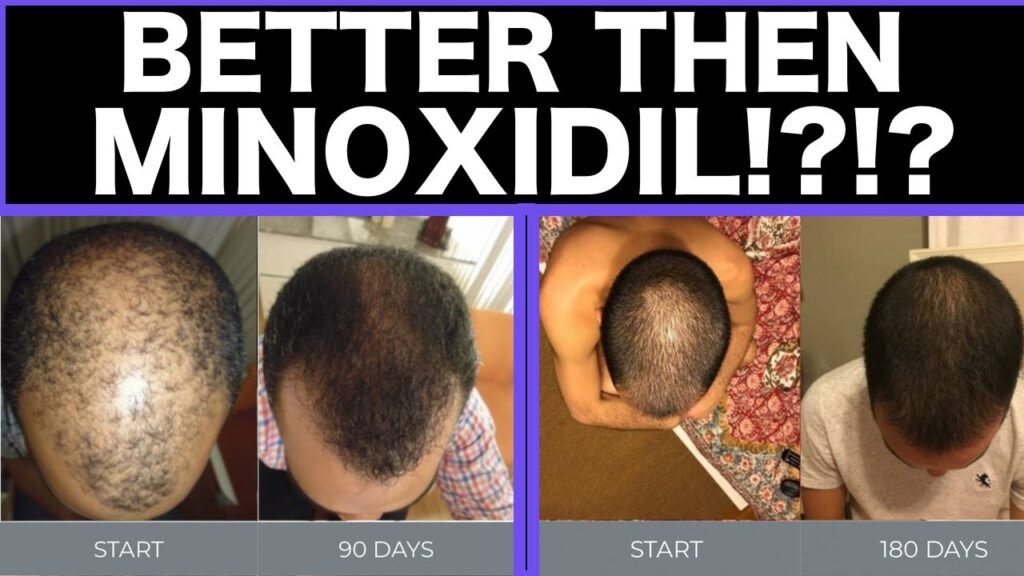Pros and cons of Minoxidil vs nanoxidil
When considering treatments for hair loss, both Minoxidil and Nanoxidil often come up as popular options. Each has its own set of advantages and drawbacks that may influence your decision based on your specific needs and conditions.
Pros of Minoxidil
Minoxidil is one of the most well-researched and widely used treatments for hair loss. Its effectiveness in stimulating hair growth is backed by numerous clinical studies. Available in various strengths, Minoxidil is FDA-approved and has been in use for decades, which gives it a long track record of safety and efficacy. Additionally, its relatively easy to find and purchase over-the-counter in many countries, making it accessible for most users.
Cons of Minoxidil
Despite its popularity, Minoxidil is not without drawbacks. Some users experience side effects such as scalp irritation, itching, and unwanted facial hair growth. Moreover, results can vary, and continuous use is required to maintain hair growth, which may not be ideal for everyone. For some, the necessity of applying the product daily can be inconvenient, and stopping treatment often leads to a reversal of any hair growth gains.
Pros of Nanoxidil
Nanoxidil is a newer compound introduced as an alternative to Minoxidil. It is designed to offer similar benefits with potentially fewer side effects. Its molecular structure allows for better absorption into the scalp, which may enhance its effectiveness in stimulating hair growth. Additionally, some users report experiencing less scalp irritation with Nanoxidil compared to Minoxidil, making it a preferable option for those with sensitive skin.
Cons of Nanoxidil
While promising, Nanoxidil is less studied than Minoxidil, and there is limited long-term data on its effectiveness and safety. It is also not FDA-approved, which may be a concern for some users. Availability can be an issue, as it is not as widely sold or recognized as Minoxidil. This can lead to higher costs and difficulty in finding reliable sources. Users should approach Nanoxidil with an understanding that, while innovative, it may not have the same level of research backing as its more established counterpart.


